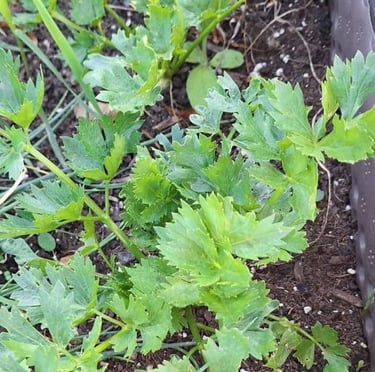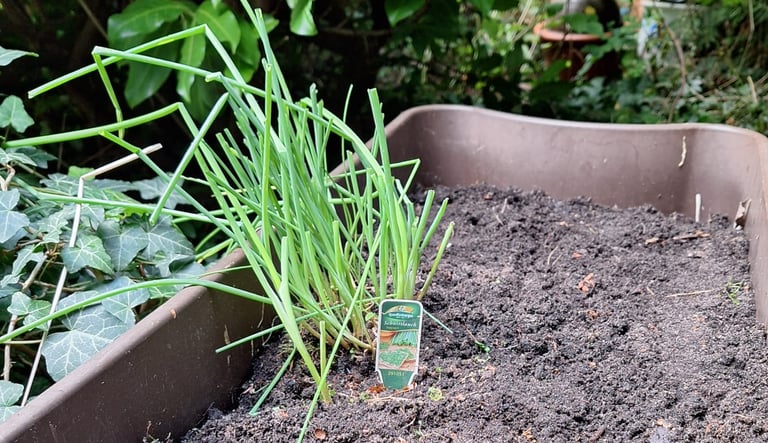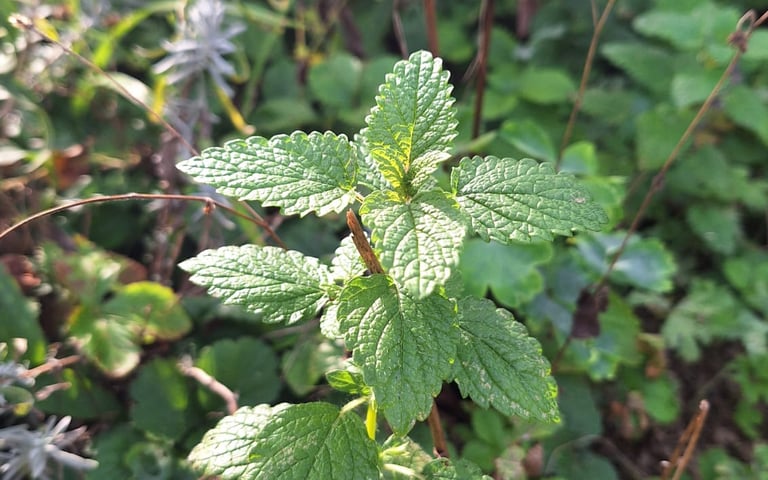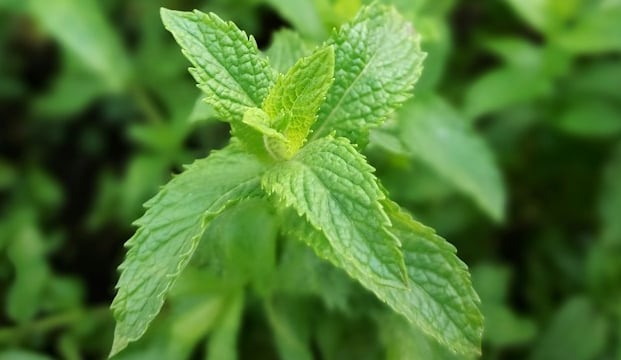The Best Way to Harvest Herbs From Your Garden
It is best to harvest herbs by using sharp pruners to make a clean cut just above a leaf node, where two leaves emerge from the stem so that the plant can regrow and you can harvest multiple times.








Timing Your Harvest
After harvesting herbs multiple times we can say that the best time to harvest most herbs is just before they flower when their oils are at their peak for the best flavor.
We also found that harvesting in the morning is ideal to harvest because the herb will be at the peak of freshness and flavor, this applies to most herbs, for example when harvesting Chives or Dill.
Generally, you want to be careful and apply the right technique because harvesting herbs is not about simply removing and getting rid of garden plants.
How to Harvest Herbs Without Killing the Plant
Here are the steps we take to harvest the plant and then let it regrow, it is quite simple but you have to apply the right technique:
Use Sharp Scissors or Pruners: After multiple experiments, we found that clean cuts heal faster and reduce stress on the plant.
Cut Above a Leaf Node: Choose a point just above where two leaves meet the stem. New growth will sprout from this point.
Don’t Overharvest: As a rule of thumb, take no more than one-third of the plant at any one time to allow it to recover and continue growing.


How to Harvest Herbs for Winter
To preserve herbs for winter use:
Harvest in Late Summer: This is when herbs are most abundant and flavorful after you grow herbs from tiny seeds.
Dry or Freeze: Drying is suitable for most cooking herbs and can be done by hanging them in bunches or laying them flat on screens. Freezing herbs, either whole or chopped in ice cube trays with water, preserves their fresh flavor.
How to Harvest Herbs to Dry
Select Healthy Branches: Look for disease-free branches that have not yet flowered.
Clean Carefully: Rinse the herbs lightly in cold water and pat them dry with paper towels.
Dry Completely: Tie the stems together and hang them upside down in a warm, dry, well-ventilated area out of direct sunlight. Alternatively, lay them out on drying racks. Herbs are fully dried when leaves crumble easily.





Common Mistakes to Avoid
Here are the mistakes that we experienced and we want you to avoid:
Harvesting too late in the day can lead to reduced flavor.
Overharvesting can stress the plant and slow its growth.
Improper drying or storage can lead to mold or loss of potency.
Storing Harvested Herbs
Store dried herbs in airtight containers away from light and heat. If freezing, store herbs in freezer bags or containers. Properly stored, dried herbs can last up to a year, while frozen herbs are best used within six months for optimal flavor.




Sources
Nature and Sustainability uses only high-quality sources, including peer-reviewed studies to support the facts we describe in our articles. Please read our editorial policy to learn more about how we keep our content accurate, reliable, and trustworthy.
Harvesting and preservation of herbs, general knowledge: Harvesting and Drying Herbs (unl.edu)
Storing herbs: How to Store Fresh Herbs, From Cilantro to Mint (marthastewart.com)
Harvesting herbs without killing them: How to Dry and Store Fresh Garden Herbs (thespruce.com)
More information on harvesting herbs: Harvesting Herbs for Healthy Eating | NDSU Agriculture, Harvesting, Preserving and Storing Herbs .doc (uky.edu)
Share this article:




Article By:
Calin is in the garden industry for 5 years now and knows a lot about gardening and plants. He is the owner of this website and responsible for most of the content.


